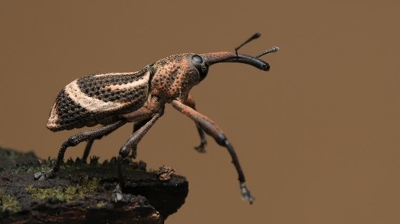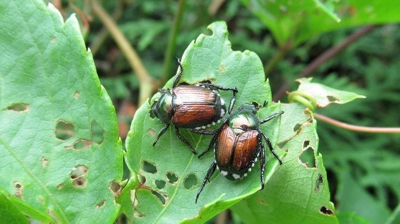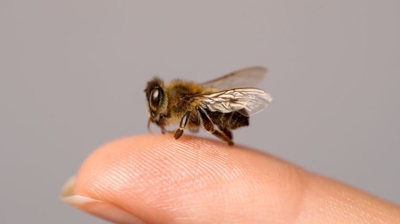
Stink Bugs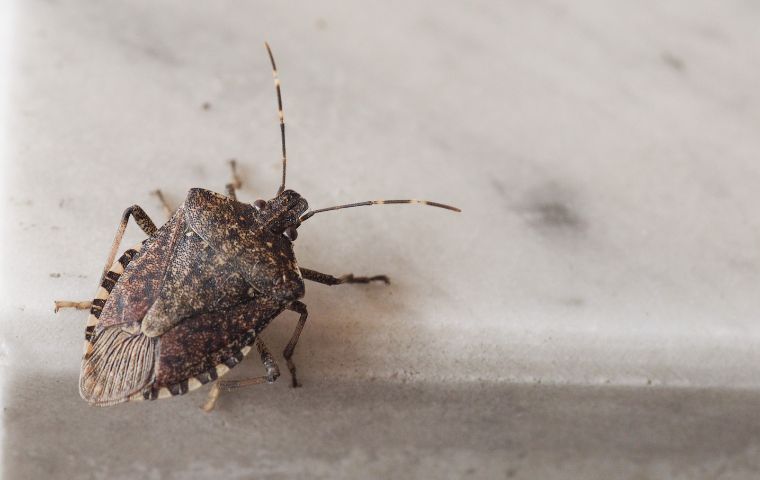
What Are Stink Bugs?
Stink bugs are a group of insects belonging to the family Pentatomidae, known for their distinctive shield-shaped bodies and the foul-smelling odor they release when threatened or crushed.
Learn more: Do Stink Bugs Stink?
Learn more: Stink Bug Life Cycle
Are Stink Bugs Pests?
Learn more: Are Stink Bugs Harmful?
Learn more: Do Stink Bugs Bite?
Learn more: Are Stink Bugs Toxic?
Learn more: How To Get Rid Of Stink Bugs
Types Of Stink Bugs
There are numerous species of stink bugs within the family Pentatomidae, each with its own unique characteristics and distribution. Here are some of the most common types of stink bugs:
- Brown Marmorated Stink Bug (Halyomorpha halys): Originally from Asia, brown marmorated stink bugs have become a significant pest in North America and parts of Europe. It is known for its mottled brown coloration and the foul odor it emits when threatened.
- Green Stink Bug (Chinavia hilaris): Green stink bugs are green and have a distinctive shield-shaped body. They are agricultural pests and can damage a wide range of crops, including cotton, soybeans, and fruit trees.
These are just a few examples of the many stink bug species found around the world. The specific species present in a given region can vary, and their impact on agriculture and ecosystems depends on their feeding habits and the availability of suitable hosts. Some stink bugs are considered pests due to the damage they cause to crops, while others are valuable for their role in natural pest control.
Stink Bug Appearance
Stink bugs, also known as shield bugs, have distinct physical characteristics that make them easily recognizable. While there is some variation among different stink bug species, they generally share the following key features:
- Shield-Shaped Body: Stink bugs have a flattened, shield-shaped body, which is their most distinctive characteristic. This shape is what gives them their common name "shield bugs."
- Size: Stink bugs typically range in size from 12 to 25 millimeters (about 0.5 to 1 inch), but the size can vary slightly depending on the species.
- Coloration: The coloration of stink bugs varies among species, but they often exhibit earthy tones like brown, green, or a combination of these colors. Some may have distinct patterns, bands, or markings on their wings.
- Antennae: Stink bugs have straight, slender antennae that arise from their head. These antennae are usually composed of several segments.
- Legs: They have six legs, like all insects, which are often relatively long and slender.
- Wings: Stink bugs have four wings. The front pair of wings is hardened and thickened, forming a protective shield over their abdomen. These wings are typically textured, with various patterns and colors that help them blend into their natural surroundings.
- Piercing-Sucking Mouthparts: Stink bugs have specialized mouthparts designed for piercing and sucking. These mouthparts are located under their head and are used to extract sap or juices from plants.
- Scent Glands: On the underside of their abdomen, stink bugs have specialized scent glands that secrete a foul-smelling liquid when they feel threatened. This odor acts as a defense mechanism, discouraging potential predators.
- Nymphs: Nymphs are immature stink bugs that resemble smaller versions of the adults. They lack fully developed wings and often have a similar shape but may be more brightly colored.
While these general characteristics apply to most stink bugs, there is considerable variation among the various stink bug species. Some species may have more colorful or distinct markings, while others may exhibit slightly different body shapes or sizes. The specific appearance of a stink bug will depend on its species and geographical location.
Learn more: What Do Stink Bugs Look Like?
Learn more: Do Stink Bugs Fly?
Stink Bug Habitats
Stink bugs, belonging to the family Pentatomidae, can be found in a variety of habitats, as they have adapted to different ecosystems around the world. Their presence in these habitats often depends on their food sources and environmental conditions. Here are some common types of habitats where stink bugs are found:
- Agricultural Fields: Stink bugs are frequently found in agricultural settings, where they can be both pests and beneficial predators. They feed on a wide range of crops, including fruits, vegetables, grains, and legumes. Common agricultural stink bug species include the Green Stink Bug and the Southern Green Stink Bug.
- Gardens: Stink bugs can be found in home gardens, where they may feed on a variety of plants, including ornamental flowers and vegetables.
- Woodlands: Stink bugs are often present in wooded areas, where they feed on tree sap and can be found on a wide range of tree species. They may also inhabit leaf litter and forest understory.
- Grasslands: Some stink bug species are adapted to grasslands and meadows, where they feed on grasses and other herbaceous plants.
- Riparian Areas: Stink bugs are found near rivers, streams, and other water bodies, where they can feed on aquatic plants and the surrounding vegetation.
- Orchards: Orchards are common habitats for stink bugs, as they can feed on fruit trees such as apple, pear, and peach. The presence of stink bugs in orchards can pose a significant challenge to fruit growers.
- Wetlands: Stink bugs may be found in wetland areas, feeding on aquatic plants and marsh vegetation.
- Urban and Suburban Areas: Some stink bug species, such as the Brown Marmorated Stink Bug, are known for invading residential areas, seeking shelter in homes during the fall and overwintering there.
- Deserts: Stink bugs are also adapted to arid environments and can be found in deserts, where they feed on desert-adapted plants.
- Tropical and Subtropical Regions: Many stink bug species are prevalent in tropical and subtropical climates, where they can be found in rainforests, savannas, and other lush ecosystems.
- Mountainous Regions: Stink bugs can inhabit mountainous areas, including high-altitude meadows and forests.
- Cultivated Land: Stink bugs may also be found in cultivated areas such as farmlands, vineyards, and nurseries, where they can damage crops and plants.
Specific stink bug species may have more limited geographic ranges and are often associated with particular host plants. Some species have been introduced to new regions, where they can become invasive and cause economic and ecological disruptions. The distribution and impact of stink bugs can vary greatly, depending on the region and the local environment.
Learn more: Where Do Stink Bugs Come From?
Learn more: What Attracts Stink Bugs?
Learn more: What To Know If You're Seeing Stink Bugs Around Your Home
Learn more: Why Stink Bugs Infest Homes And How To Keep Them Away
Learn more: How To Get Rid Of Stink Bugs Around Your Home
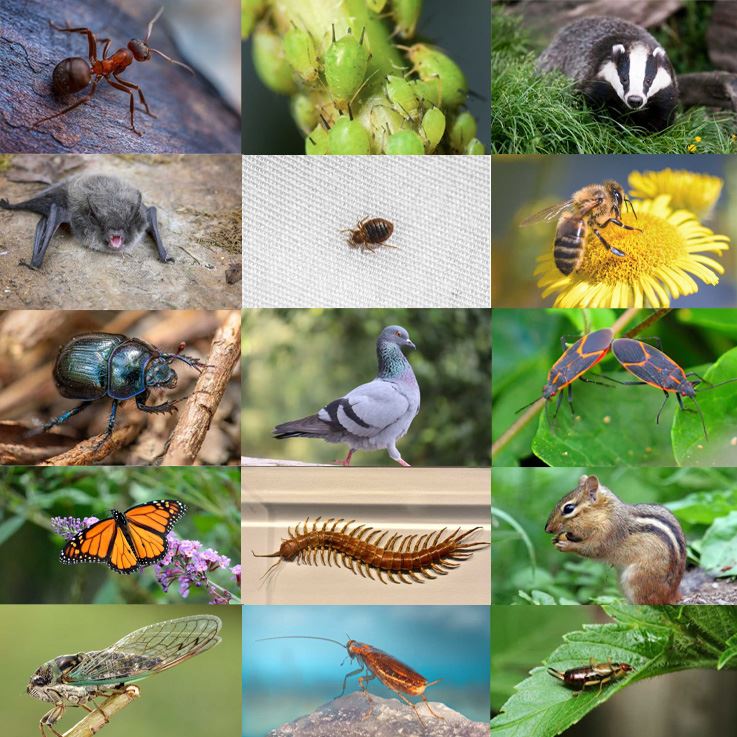
Stink Bug Diet
Stink bugs are primarily herbivorous insects that feed on plant material. Their diet consists of plant sap, fruits, vegetables, and various other plant parts. The specific food preferences of stink bugs can vary by species, but in general, they feed on the following types of vegetation:
- Fruits: Stink bugs are known to feed on a wide variety of fruits, including apples, peaches, pears, cherries, tomatoes, and berries. Their feeding can cause damage to the fruit's appearance and quality, making them a significant concern for fruit growers.
- Vegetables: Stink bugs can be found feeding on vegetables such as beans, peppers, okra, and corn. They use their piercing-sucking mouthparts to extract plant juices, causing damage to the crops.
- Grains and Legumes: Some stink bug species can damage crops like soybeans and grains. They pierce the seeds and suck out the plant juices, which can reduce crop yields and quality.
- Ornamental Plants: Stink bugs may also feed on ornamental plants, including flowers and shrubs, causing aesthetic damage.
- Tree Sap: In addition to fruits and vegetables, stink bugs feed on tree sap. They pierce the plant's vascular system to extract nutrients, which can weaken the plant and reduce its overall health.
- Crop Residues: Stink bugs can also feed on crop residues, such as leftover plant material in fields after the main harvest, which can make them a concern for agricultural practices.
The feeding behavior of stink bugs can have economic and ecological implications. When they infest agricultural crops, they can cause significant damage, leading to economic losses for farmers. While many stink bug species are herbivorous, there are also predatory stink bugs that feed on other insects, which can make them beneficial in biological pest control. Therefore, the impact of stink bugs on agriculture and ecosystems depends on their specific dietary habits and the context in which they are found.
Learn more: What Do Stink Bugs Eat?

Hear From Our Happy Customers
-
"Fantastic & Patient"
Jarvis was fantastic and patient. He answered my questions with an in-depth explanation and addressed all of my areas of concern. Would love for him to be my assigned tech going forward. Well done!
- Yonnette M. -
"Exceeds Expectations"
I can’t say enough positive things about this company... The tech that came out, Jarvis went above and beyond my expectations. Thank you guys, I will continue using your services.
- Jake M. -
"Great Communication"
Tech was on time, communication was great, and he accommodated my needs.
- Alonzo W. -
"Wonderful Service"
Wonderful service. Jarvis is great. Took care of everything I needed. Thank you!
- Henry P. -
"Very Knowledgeable"
The tech that arrived was courteous, professional, and very knowledgeable. He was Great.
- Uerial I. -
"Professional & Considerate"
I’m pleased with Miche services. Jarvis came today. Professional and considerate. Thank you!
- Judy B.

